Big Blue's little brother
Inside the enterprise: IBM has launched a budget mainframe. But with a $1m price tag, it may be more at home in the cloud than the data room.
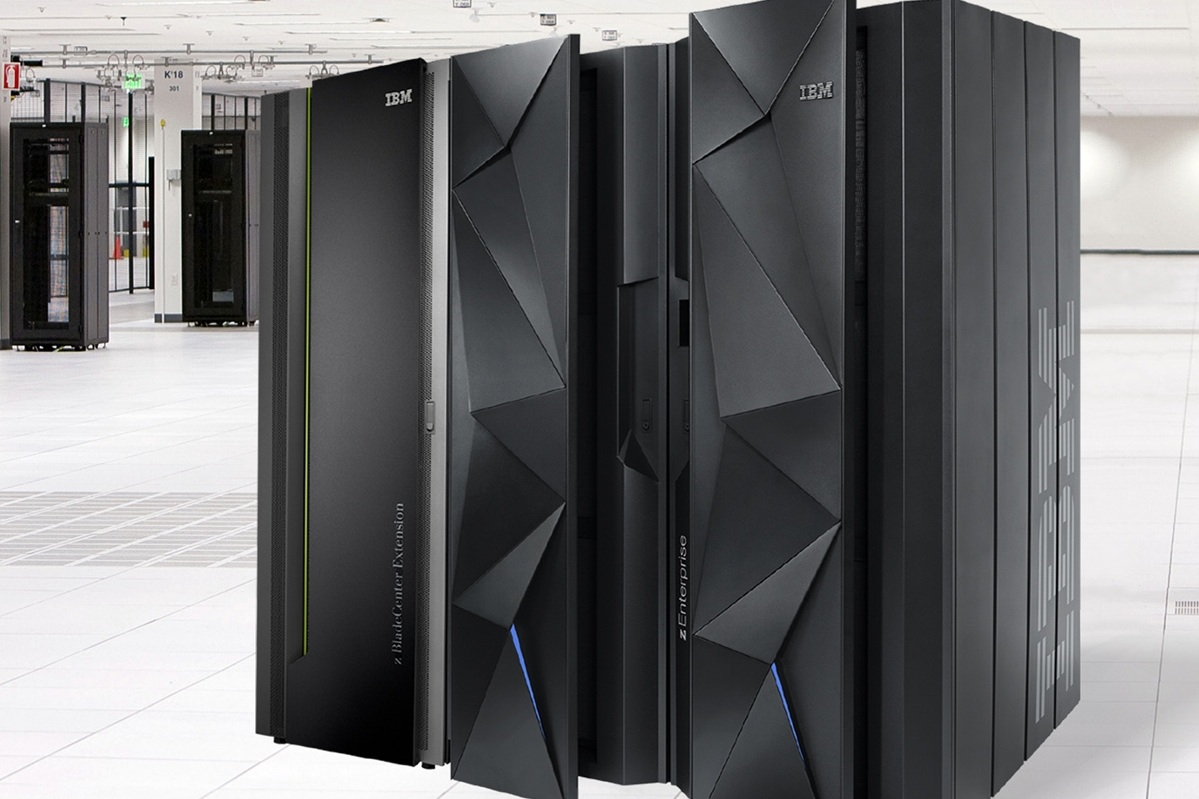
In these days of BYOD and the consumerisation of IT, it is interesting to see there is still technology out there that, in the words of the beer ad, is "reassuringly expensive". And one area where that certainly applies, is the mainframe.
Industry analysts point out that the market for mainframe hardware is steadily declining, a trend that is expected to continue over the next few years.
The main beneficiaries of slower mainframe sales are x86-based servers, although a sluggish economy, and tight IT budgets, also plays their part.
In that context, IBM's decision to launch a new, lower-cost mainframe is either a sign of the times or an attempt to open the technology up to new markets.
But, with the zEnterprise EC12, to give it its full name, costing around $1m a unit, it is still a significant purchase, even for the largest IT shops.
IBM is promoting the new big iron's security features as well as processing capabilities, and its ability to handle "big data" analytics tasks.
In some ways, IBM's move is just the latest argument in the ongoing debate over the future of IT: do we scale up, in the shape of a mainframe or supercomputer or scale out, to lots of small, cheap x86 chips.
Get the ITPro daily newsletter
Sign up today and you will receive a free copy of our Future Focus 2025 report - the leading guidance on AI, cybersecurity and other IT challenges as per 700+ senior executives
In others, it is an attempt by Big Blue to take much of what is wrong with x86-based parallel systems or grids: physical hardware limitations; potential security weaknesses; IO and other bottlenecks; and solve them by putting them all into the type of box IBM makes because they are the type of box IBM makes.
After all, IBM would not be IBM without a mainframe product line, and the fact the company has invested more than US$1bn developing this one shows how much it matters to the vendor.
For existing mainframe customers, a new model gives reassurance that IBM remains committed to the line. The greater challenge, though, may be convincing new customers to try them out.
As industry analyst R Ray Wang, of Constellation Research, points out the $1m price tag of the EC12 limits the market to companies with revenues of $400 million or above, as most firms spend no more than five per cent of turnover on IT. This is despite the usefulness of the Z-series for solving big data problems.
An alternative market could lie with companies processing data in the cloud, or selling data (or information) as a service. These companies, Wang suggests, will have the scale and probably the revenues to benefit from the efficiency gains promised by the EC12.
"As software moves to information brokerages, people will buy streams of information," he says. This, in turn, creates a market that could suit IBM's new mainframe.
The question is not whether the EC12 is an attractive machine, but whether IBM can persuade younger developers and IT professionals to consider a mainframe solution. For many IT professionals working today, it is x86, not the mainframe, that is the comfort zone.
Stephen Pritchard is a contributing editor at IT Pro.
-
 AI is helping bad bots take over the internet
AI is helping bad bots take over the internetNews Automated bot traffic has surpassed human activity for the first time in a decade, according to Imperva
By Bobby Hellard
-
 Two years on from its Series B round, Hack the Box is targeting further growth
Two years on from its Series B round, Hack the Box is targeting further growthNews Hack the Box has grown significantly in the last two years, and it shows no signs of slowing down
By Ross Kelly
-
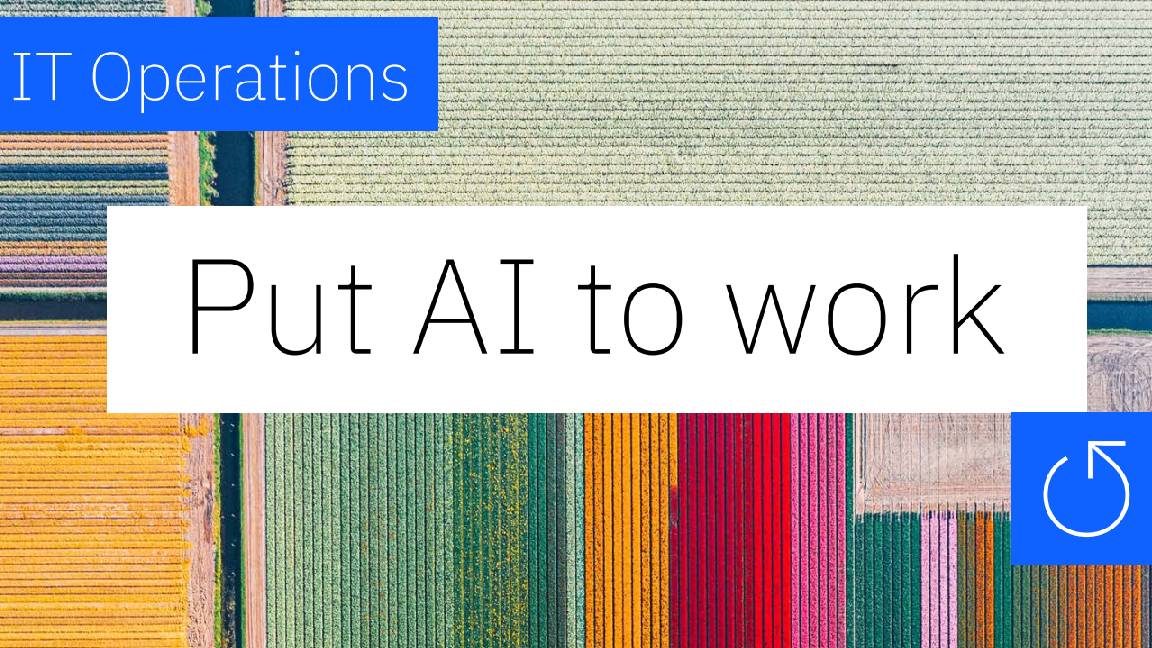 Put AI to work for IT operations
Put AI to work for IT operationswhitepaper Reduce the cost and complexity of managing hybrid applications
By ITPro
-
 AI in the retail industry is spreading beyond the IT department
AI in the retail industry is spreading beyond the IT departmentNews AI has become a strategic imperative for retailers, delivering marked productivity gains
By Emma Woollacott
-
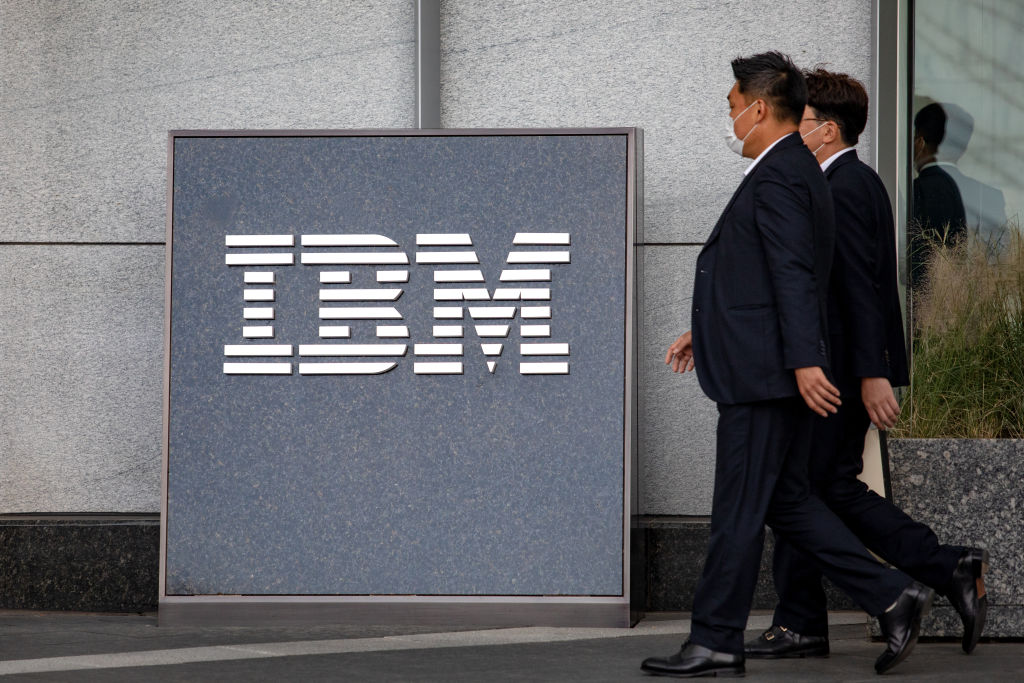 Maximizing contact center operations with generative AI assistants backed by responsible AI principles
Maximizing contact center operations with generative AI assistants backed by responsible AI principleswhitepaper Reduce the cost and complexity of managing hybrid applications
By ITPro
-
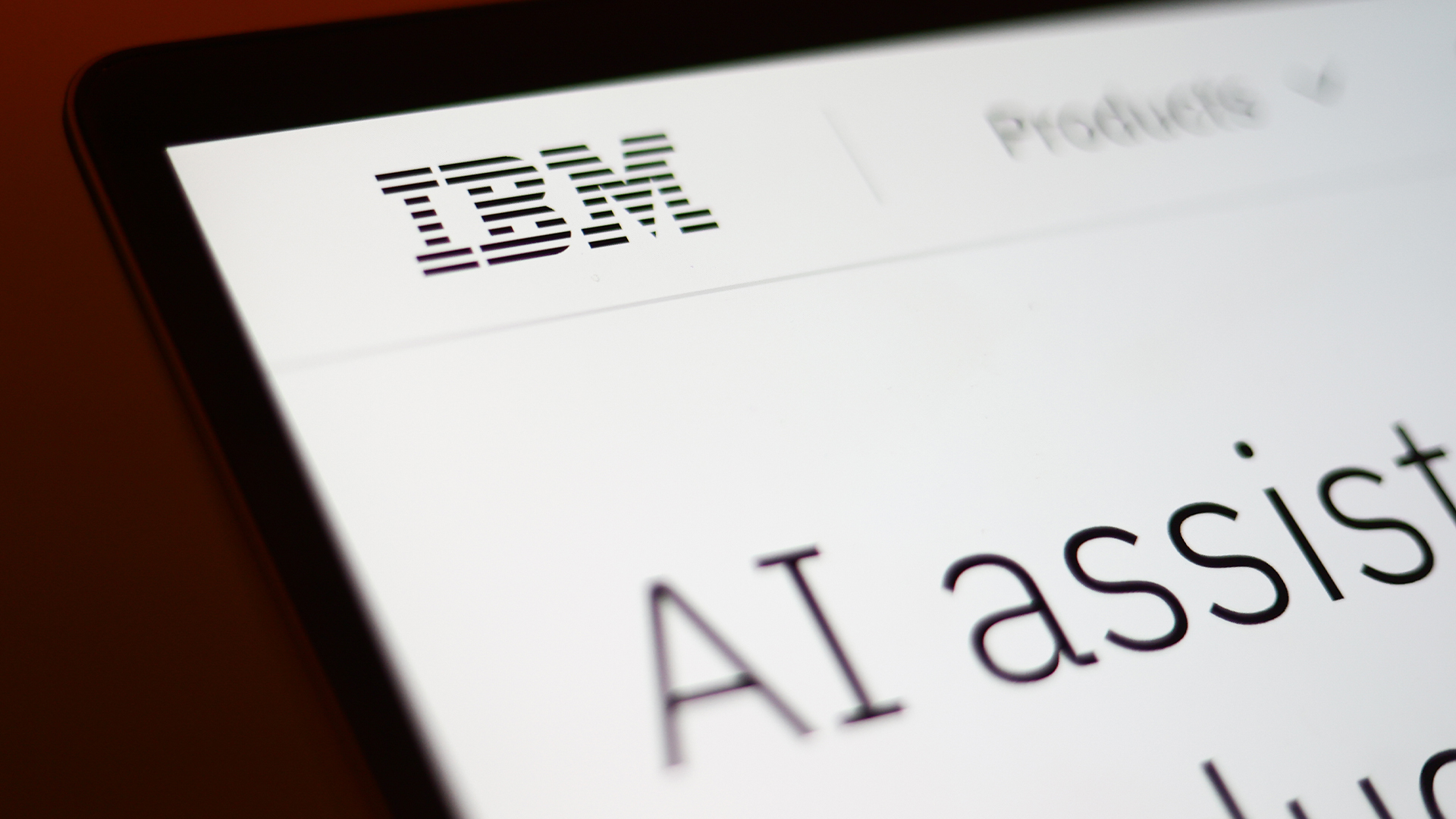 IBM just launched powerful new open source AI models – here’s what you need to know
IBM just launched powerful new open source AI models – here’s what you need to knowNews Available under the Apache 2.0 license, IBM's Granite 3.0 models are trained on enterprise data and can out-perform the competition
By Emma Woollacott
-
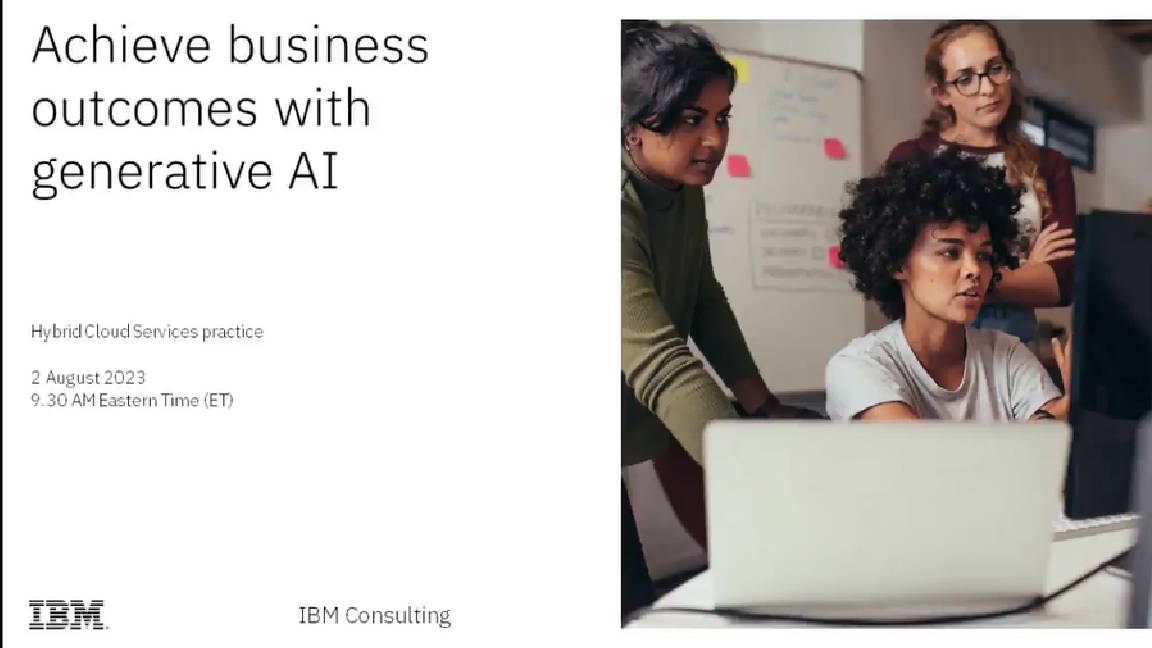 Achieving business outcomes with generative AI
Achieving business outcomes with generative AIWebinar Take your hybrid cloud journey to the next level with generative AI
By ITPro
-
 Wimbledon’s new Catch Me Up AI feature promises to keep fans up to date at the tournament – after it irons out some of the wrinkles
Wimbledon’s new Catch Me Up AI feature promises to keep fans up to date at the tournament – after it irons out some of the wrinklesNews The latest feature to come out of IBM’s partnership with Wimbledon will keep fans engaged from the early stages right through to the final with dynamic player insights
By Solomon Klappholz
-
 AI demands new ways of data management
AI demands new ways of data managementwhitepaper The data leader’s guide for how to leverage the right databases for applications, analytics and generative AI
By ITPro
-
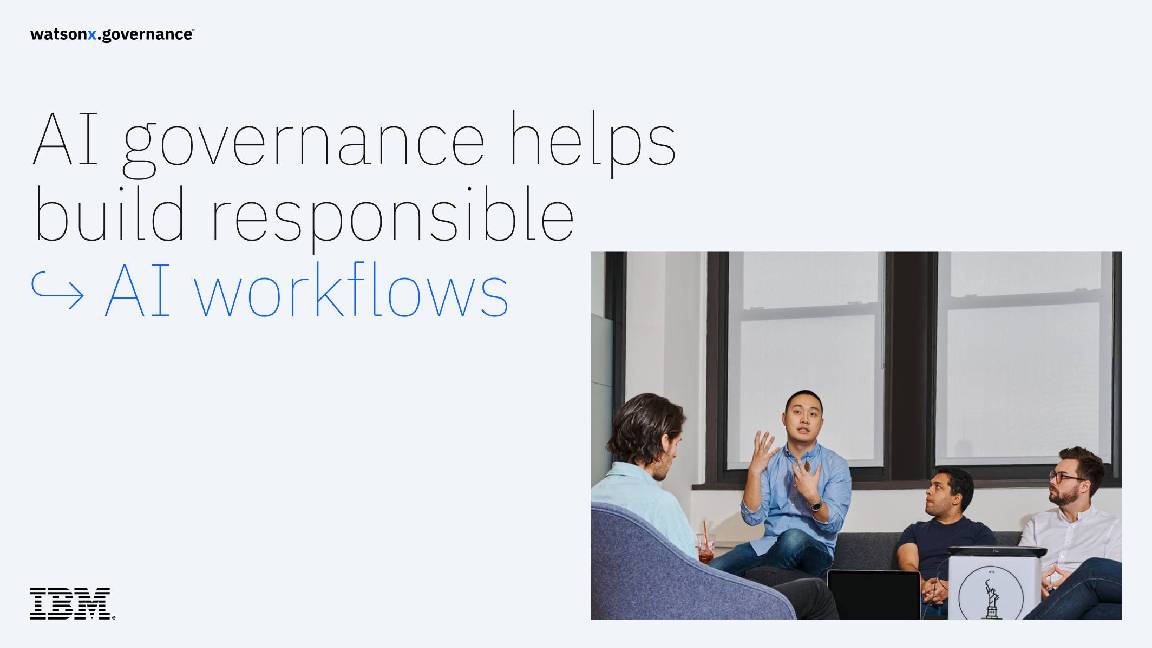 AI governance for responsible transparent and explainable AI workflows
AI governance for responsible transparent and explainable AI workflowswhitepaper Build greater trust in your AI
By ITPro